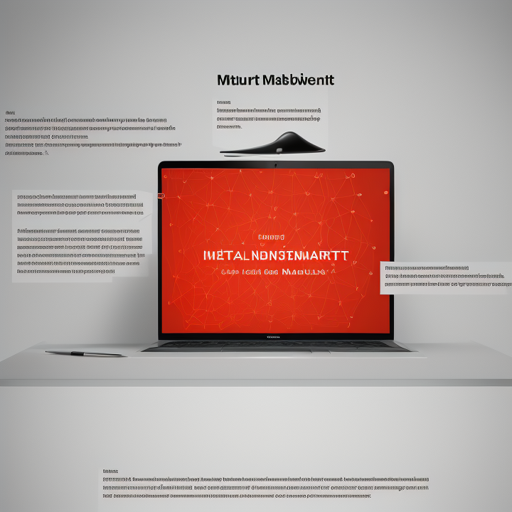The world of AI and natural language processing (NLP) can be quite overwhelming, but don’t worry! Today, we’ll explore a practical way to summarize Dutch news articles using a specialized model called mBART. This advanced model can help you streamline content, making it easier to digest the essentials.
Getting Started with mBART
To begin your journey in summarizing articles, you first need to set up the mBART model. Below is a straightforward approach to get the summarization pipeline running.
Installation and Setup
- Ensure you have Python and the transformers library installed.
- Run the following commands in your Python environment:
import transformers
# Load the model and tokenizer
undisputed_best_model = transformers.MBartForConditionalGeneration.from_pretrained(
"ml6team/mbart-large-cc25-cnn-dailymail-nl-finetune"
)
tokenizer = transformers.MBartTokenizer.from_pretrained("facebook/mbart-large-cc25")
summarization_pipeline = transformers.pipeline(
task="summarization",
model=undisputed_best_model,
tokenizer=tokenizer,
)
# Configure the model for the Dutch language
summarization_pipeline.model.config.decoder_start_token_id = tokenizer.lang_code_to_id["nl_XX"]
# Prepare your article for summarization
article = "Kan je dit even samenvatten alsjeblief."
# Generate the summary
summary = summarization_pipeline(
article,
do_sample=True,
top_p=0.75,
top_k=50,
min_length=50,
early_stopping=True,
truncation=True,
)[0]["summary_text"]
print(summary)
Understanding the Code Through an Analogy
Think of the mBART model as a highly skilled chef, trained specifically in a particular cuisine—Dutch, in this case. Just like a chef who needs the right tools and ingredients to create a delicious meal, our model requires specific libraries and configurations to summarize effectively.
1. **Initializing the Chef (Loading the Model & Tokenizer):** We recruit our chef (load the mBART model) and provide them with essential cooking tools (tokenizer).
2. **Setting Up the Cooking Station (Building the Summarization Pipeline):** The chef needs a well-organized workstation (summarization pipeline) to prepare their dishes efficiently.
3. **Language Ingredients (Configuring the Language):** The chef must have access to the right spices for Dutch cuisine (setting the decoder’s starting token for Dutch). Without the right ingredients, the final dish would lack authenticity.
4. **Preparing the Dish (Summarizing the Article):** Finally, the chef prepares the dish (summarizes the article). They’re careful to select high-quality ingredients (text parameters) to ensure a tasty result (an insightful summary).
Troubleshooting Tips
If you encounter any roadblocks while using the mBART model, here are some troubleshooting ideas:
- Make sure you have the latest version of the transformers library installed.
- If there are issues with the article not summarizing correctly, double-check the input format of the article string.
- For language-related errors, ensure that your model and tokenizer are correctly configured for Dutch.
- Restart your Python kernel if you encounter memory errors.
- If all else fails, seek insight and support from the community at **[fxis.ai](https://fxis.ai)**.
Conclusion
Summarizing Dutch news articles is now at your fingertips with the mBART model! Harness its power to distill lengthy texts into concise and informative summaries.
At **[fxis.ai](https://fxis.ai)**, we believe that such advancements are crucial for the future of AI, as they enable more comprehensive and effective solutions. Our team is continually exploring new methodologies to push the envelope in artificial intelligence, ensuring that our clients benefit from the latest technological innovations.

